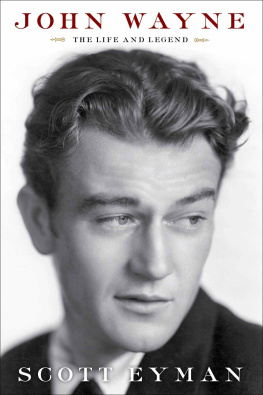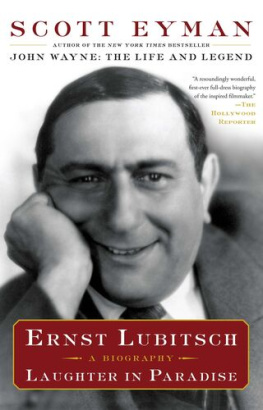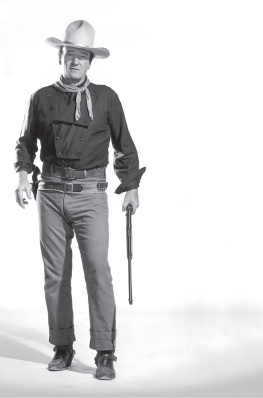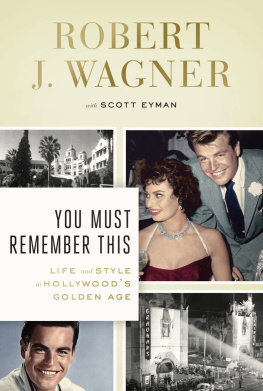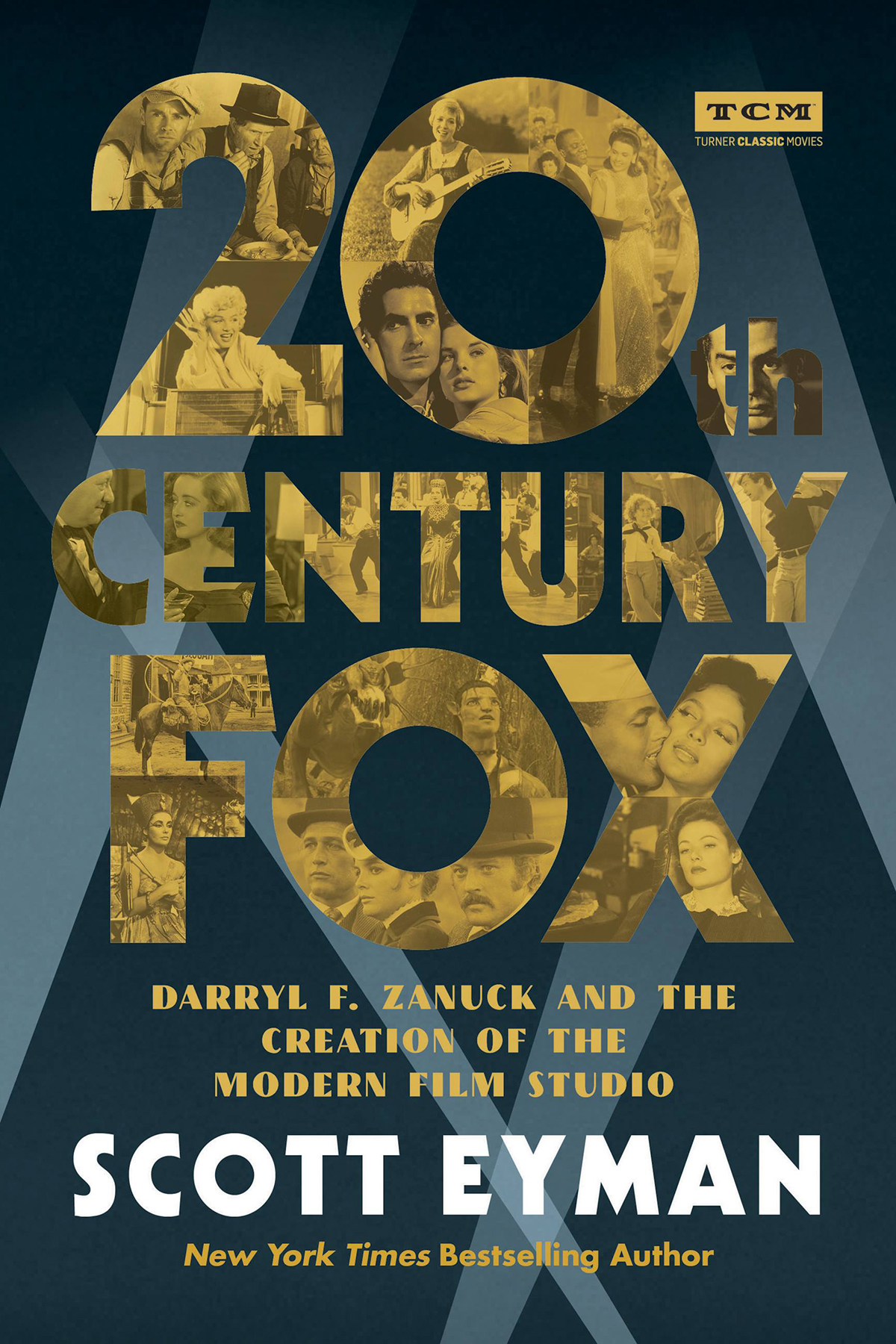
Copyright 2021 by Paladin Literature Inc.
Cover copyright 2021 by Hachette Book Group, Inc.
Hachette Book Group supports the right to free expression and the value of copyright. The purpose of copyright is to encourage writers and artists to produce the creative works that enrich our culture.
The scanning, uploading, and distribution of this book without permission is a theft of the authors intellectual property. If you would like permission to use material from the book (other than for review purposes), please contact permissions@hbgusa.com. Thank you for your support of the authors rights.
Running Press
Hachette Book Group
1290 Avenue of the Americas, New York, NY 10104
www.runningpress.com
@Running_Press
First Edition: September 2021
Published by Running Press, an imprint of Perseus Books, LLC, a subsidiary of Hachette Book Group, Inc. The Running Press name and logo is a trademark of the Hachette Book Group.
The Hachette Speakers Bureau provides a wide range of authors for speaking events. To find out more, go to www.hachettespeakersbureau.com or call (866) 376-6591.
The publisher is not responsible for websites (or their content) that are not owned by the publisher.
All images courtesy of Turner Classic Movies and authors collection.
Library of Congress Cataloging-in-Publication Data
Names: Eyman, Scott, 1951 author.
Title: 20th Century-Fox: Darryl F. Zanuck and the creation of the modern film studio / Scott Eyman.
Other titles: Twentieth Century-Fox
Description: First edition. | Philadelphia: Running Press, 2021. | Includes bibliographical references and index.
Identifiers: LCCN 2021006340 | ISBN 9780762470938 (hardcover) | ISBN 9780762470921 (ebook)
Subjects: LCSH: Twentieth Century-Fox Film CorporationHistory. | Motion picture studiosCaliforniaLos AngelesHistory.
Classification: LCC PN1999.T8 E96 2021 | DDC 384/.80979494dc23
LC record available at https://lccn.loc.gov/2021006340
ISBNs: 978-0-7624-7093-8 (hardcover), 978-0-7624-7092-1 (ebook)
E3-20210810-JV-NF-ORI
For Lynn, who has watched movies with me for 38 years.
Explore book giveaways, sneak peeks, deals, and more.
Tap here to learn more.

BEGIN WITH THE BEGINNING.
A vibrant drumroll announces what could be the arrival of an emperor come to inspect his subjects. The drumroll is more or less a lift from John Philip Sousamany of his marches start with the same riff, a fact that would have been obvious to audiences in the thirties, when Alfred Newman first composed the music.
The screen lightens to reveal a deco monolith that reads 20th Century Fox as searchlights sweep across the sky. As the drums finish, the brass kicks in with a stentorian conclusion to the fanfare, rising to a final crash of percussion as the logo darkens to transition to the main title. The theme for the brass is in F major, and the score specifies that it be played Majestically. As the composer Neil Brand says, Its a basic call to arms/roman fanfare that doesnt move off its root note.
Its a magnificent musical equivalent of the logo itself: big, arresting, and at the same time graceful, holding the promise of something wonderful.
Nearly twenty years after composing the original fanfare, Alfred Newman added another eight bars, taking the piece to a loftier, more resolved plane. The addition was to herald a separate panel after the Fox logo, announcing that the film was shot in CinemaScope. Newmans addition meant that the fanfare resolved with a B flat minor 6th, concluding on a triumphant F major final note.
The original eight-bar fanfare and logo were created in 1933, for Darryl Zanucks new company, called Twentieth Century Pictures. When Twentieth Century merged with Fox Pictures in 1935, creating 20th Century-Fox, that logo and fanfare introduced nearly every Fox film.
Before Alfred Newmans fanfare, the introduction of the studios films had been an unprepossessing polyglot. Sometimes it read William Fox Presents, sometimes Fox Film Presents.
But Newmans fanfare gave the studio an identity that lasted for more than three quarters of a centurya vibrant signature that was revitalized in 1977, when John Williams and a huge orchestra re-recorded the complete sixteen-bar fanfare for Star Wars, if only because Williams had written the opening of his landmark score in F major as well. It was a hand across time from one great composer of film music to another, and it made the Fox trademark sound thrillingly new and modern.
For more than fifty years of its existence, the Fox studio was dominated by two alpha males: First, William Fox, the founder of the feast, a feral, single-minded character who saw himself less as a movie mogul and more as a vaultingly ambitious American legend in the makinga Jewish Vanderbilt. Then there was Darryl Zanuck, who combined Foxs company with his own and ran the result, said one of his stars, like a Swiss watch.
Fox was born Wilhelm Fuchs in Hungary in 1879 and came to America when he was nine months old. He grew up poor, in the American equivalent of a shtetlthe Lower East Side of New York. There were thirteen children in the Fuchs family, seven of whom died young.
Zanuck was born in Wahoo, Nebraska, in 1902, and many people thought that in some primary way he never quite grew up at all. Wahoo would prove far too limiting for a man of Zanucks energies. He meant to put himself at the center of the whirlwind, and if he had to create the whirlwind himself, so much the better. As he told a gathering of his peers at the Screen Producers Guild, I decided to become a genius, and being a genius, I had to live that way.
William Fox single-mindedly built an empire of theaters and eventually began making movies in order to keep more of the money for himself. Money was Foxs armor, his status, the way he measured how far he had come on the path from poverty. He raised the level of his films incrementally from a production policy that schizophrenically flicked from a focus on mother-love to blatant exploitation and back again until a flowering in the 1920s with some of the enduring classics of silent film: The Iron Horse, Sunrise, What Price Glory?, 7th Heaven. It was only the unforeseen cataclysm of the 1929 stock market crash that destroyed Foxs plan to dominate the entire American movie industry.
Zanuck was more or less indifferent to theaters, not particularly obsessed by money, cared only about movies, all kinds of moviestheir construction, their making, their editing, their presentation. He devoured movies the same way he devoured lifecommand was his prerogative. He would go on safaris, he would ride horses beyond the edge of danger, he would go to war, he would make love to beautiful actresses. Nothing else would do.
And he would make more than a thousand movies, some of them classics then and now:


